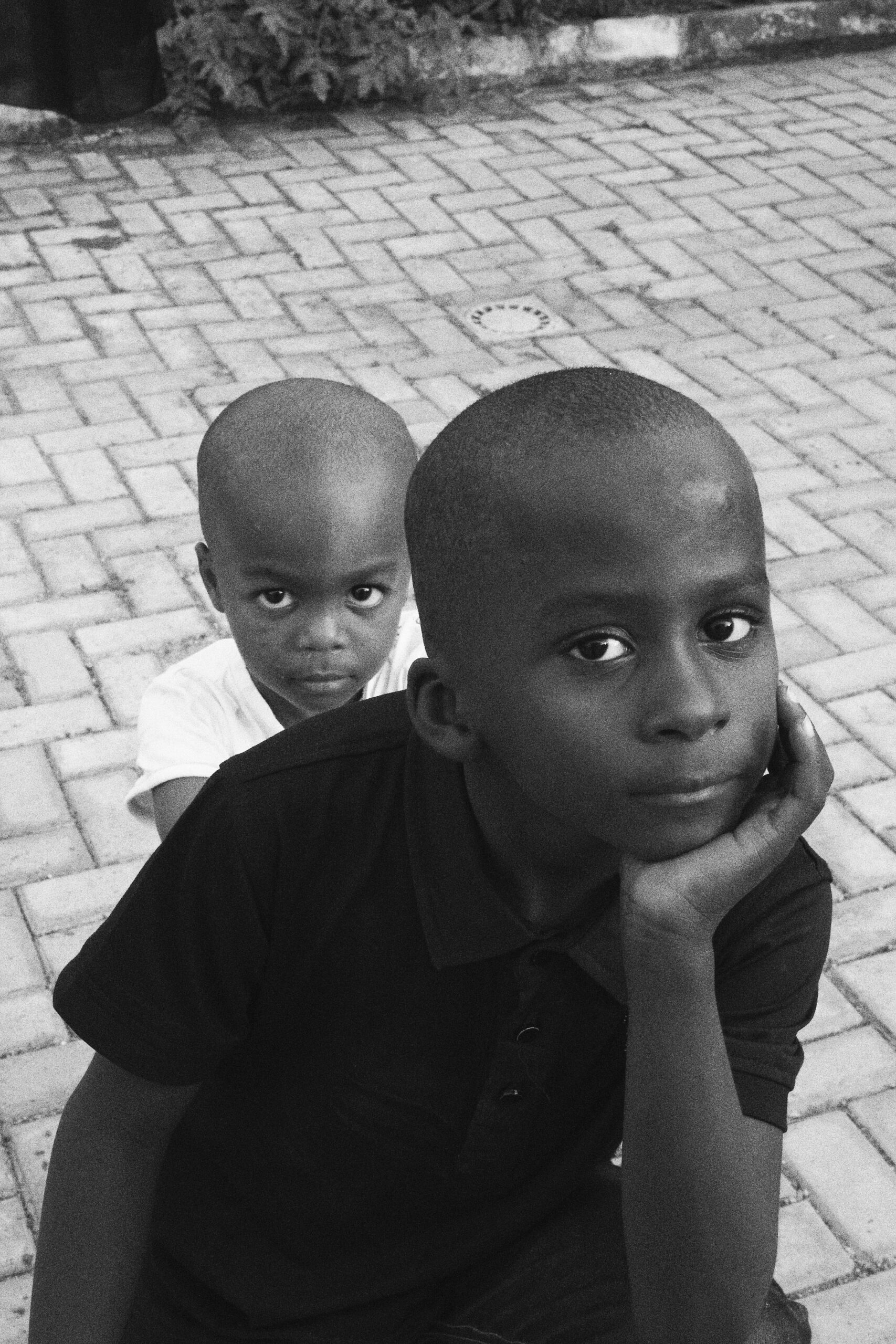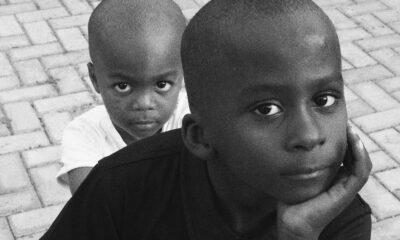News
The Paperwork Trap: How Red Tape is Stealing South Africa’s Early Childhood

In a converted house in a rural village, a caregiver sings to a group of toddlers. In a township shack, children gather around a single table, their laughter a small defiance against their surroundings. These are the unregistered, unsubsidised front lines of early childhood development in South Africaand a vicious cycle of paperwork is ensuring they stay that way.
The first-ever Early Childhood Development (ECD) Census, a monumental effort to map the landscape of our children’s earliest years, has revealed a harrowing picture. It’s not a lack of care or commitment that’s failing our children; it’s a labyrinth of red tape that effectively handicaps the poor from ever competing on a level playing field.
The Registration Maze: Seven Hurdles to Hope
We know the science is unequivocal: the first five years of a child’s life lay the unshakeable foundation for all future learning, health, and success. Yet, this critical stage remains one of the most neglected in our national system.
The core of the problem is a registration process so byzantine it borders on the cruel. To become officially registered with the Department of Social Developmentand thus eligible for life-giving government subsidiesan ECD centre must secure up to seven different approvals. These include zoning, building plans, and health certificates.
In municipalities that are themselves under-resourced, especially in poorer provinces, delays in these departments are endless. The result? According to the census, of the 42,420 Early Learning Programmes across the country, a staggering 42% remain completely unregistered.
The Impossible Choice: Flushing Toilets or Food?
The municipal requirements read like a wish list for a suburban office park, not the reality of a community struggling to get by. Centres must demonstrate fire-safety compliance, structural standards, and sufficient space.
But how does a centre in an informal settlement where land ownership is communal obtain a zoning certificate? How does it install flushing toiletsa requirement that 40% of centres cannot meetwhen there is no municipal water pipeline to connect to?
This creates a devastating catch-22. To receive government assistance, centres need certain infrastructure. But without any outside aid or subsidy, that infrastructure is a pipe dream. These unregistered centres, often catering to a maximum of 25 of the poorest children, operate in a shadow economy. A shocking 75% don’t even have a bank account, making future financial compliance impossible.
A Geography of Inequality
The inequality is etched into our provincial maps. While Gauteng has the highest number of ECD centres, it has one of the lowest rates of subsidy claims, at around 15%. The bureaucratic wall is just as high in urban townships as it is in rural areas.
Meanwhile, in provinces like Limpopo, KwaZulu-Natal, and the Eastern Capewhere child poverty rates are highestthe gap between need and access is a chasm. The census shows that electrification and sanitation levels have seen no meaningful improvement since the last audit in 2013. For a decade, we have stood still while a generation of children grew up.
The most heartbreaking statistic of all? There are an estimated four million children in South Africa who remain outside any kind of formal early learning programme. It’s not because the centres don’t exist. It’s because those caring for them cannot jump through the myriad of bureaucratic hoops designed for a world they don’t inhabit.
We are not just losing paperwork. We are losing potential, one child at a time. Until the system is radically simplified and met with the reality on the ground, the cycle it claims to want to break will only tighten its grip for generations to come.
{Source: IOL}
Follow Joburg ETC on Facebook, Twitter , TikTok and Instagram
For more News in Johannesburg, visit joburgetc.com



























